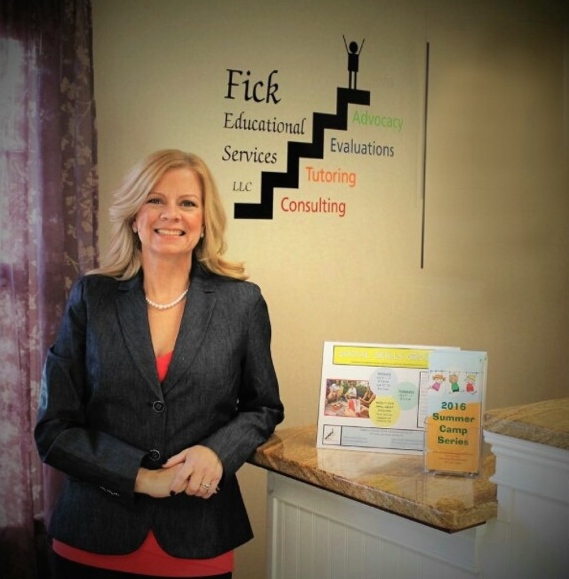(This post is adapted from the Formative Assessment: Monitoring the Progress of Students with IEPs publication from PaTTAN)
When we think of our children’s academic goals, we don’t typically think of them in quantitative terms. We just want our kids to be their best student, graduate with honors, get a college scholarship, and get an education to enrich their lives. In academic settings, though, progress monitoring needs to take on a more measurable strategy, especially if a student has an IEP.
It’s beneficial for parents to consider how to monitor progress strategically and quantitatively with their students to ensure that those ‘big’ academic goals will be achieved. Here is a quick rundown of seven steps of thoughtful progress monitoring a teacher and parent could use with a child. Developed for students with IEPs, these steps can be applied to any and all learners!
- Establish Goals and Objectives for the Year
This step is important because it forces you to envision goals within a finite time frame. Instead of imagining your ninth grader building good grades for college one day, break it down to what specifically needs to occur for that to happen. Maybe this means achieving a B average to stay in advanced track courses, or maybe it means closing a reading or math level gap. Be specific and realistic for what can be done within a year. - Make Data Decisions
Like a good detective, we need to identify the Who, What, When, and Where of the how we track goals. What pieces of data are we actually going to measure- grades, behaviors, or many other options? Where will the data be collected- just the classroom, or at a job, playground, or extracurricular activity? When are we collecting data- daily, weekly, quarterly? Who is going to be collecting this data- parents, teachers, coaches?
As you can see, there are dozens and dozens of indicators of performance towards a goal that can be measured, and even more ways to measure them. I recommend referring to the handout linked at the top to see even more. - Develop Tools and a Schedule for Gathering Data
A great teacher can be helpful for this stage, as many academic goals have existing benchmarking assessments or tools that are easy to use and have a high level of efficacy. Think of scales, portfolios, observations, and rubrics that may help you collect the data identified. Make sure the tools and schedule are realistic to do consistently, but frequent and effective enough to provide insight into progress. - Represent Data Visually
If you like data and organizing, this step is built for you! Turn that data into graphs, tables, checklists, flowcharts- anything that helps paint a picture of progress and illustrate the journey a child has gone through during the monitoring period. - Evaluate and Analyze the Data
Use the data collected as a tool to inform conclusions about a child’s progress. Tell the story that you have been tracking through the previous steps. Make sure to draw meaningful conclusions and return to this step frequently during the year, potentially monthly. - Make Adjustments
Now that there are meaningful conclusions from well-established data, is there progress being made? IF not, what can be done to improve progress? Work with teachers, coaches, siblings, and anyone involved in the child’s goals to ensure that any possible obstacles are able to be overcome. Again, I recommend reviewing the document linked at the top of this post to see more detailed suggestions for adjusting at this stage. - Communicate Progress
This step is designed to ensure that educators communicate progress with parents, but it’s always worth remembering that communication is a two-way street. If you don’t have a plan for communicate regularly, whether by phone, email, conference, etc., make sure to build a communication plan to establish a communication process.
Need a free consultation with an expert in education?

Hopefully this framework can be helpful to parents in understanding and incorporating best practices in progress monitoring. PaTTAN has many other fantastic resources for parents and educators, and I encourage you to search through their website frequently!

 Fick Educational Services is devoted to the educational needs of the children through individualized learning plans, tutoring and advocacy.
Fick Educational Services is devoted to the educational needs of the children through individualized learning plans, tutoring and advocacy.

